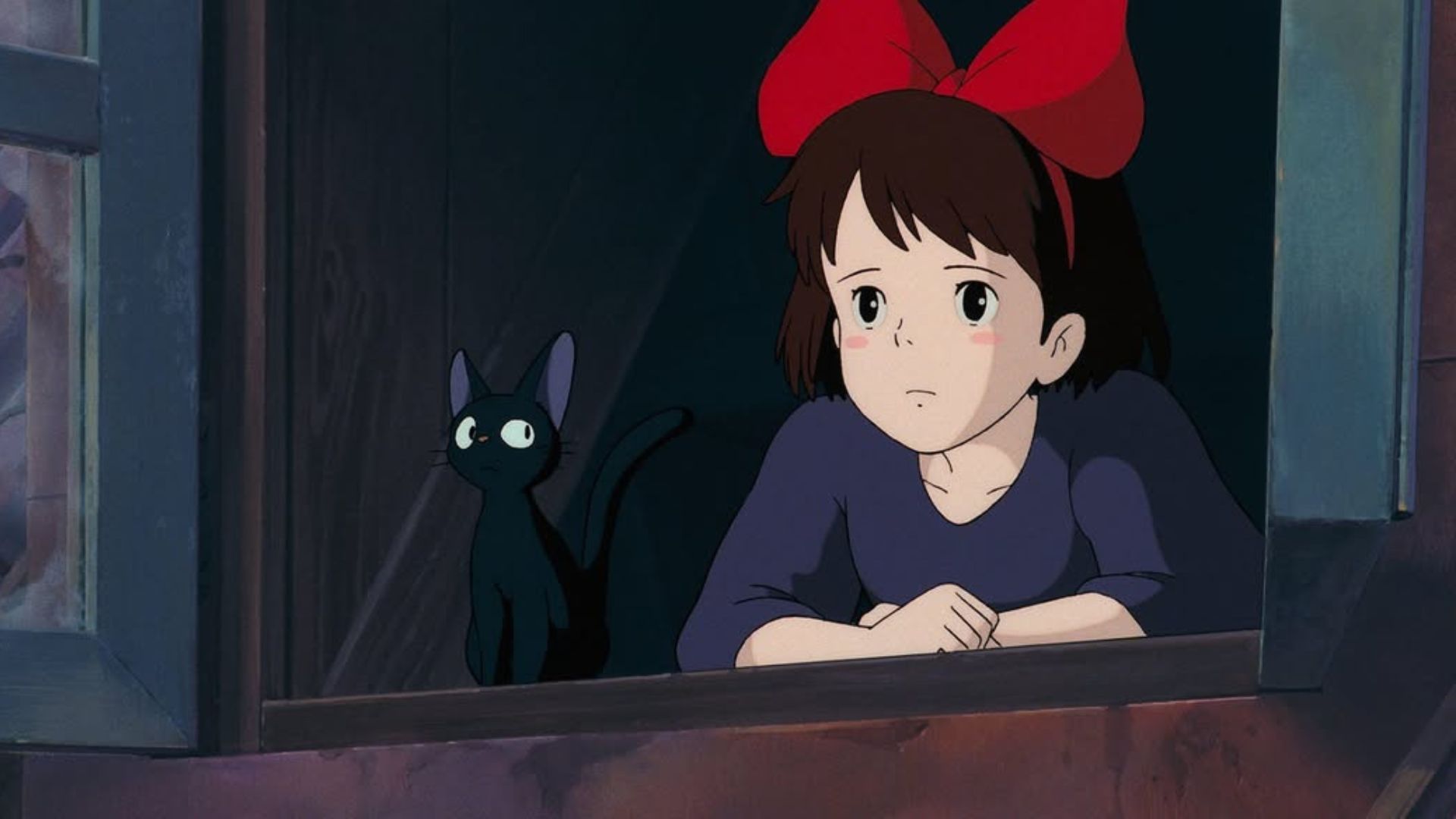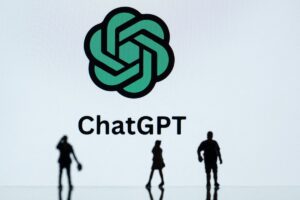AI Specialist Reveals High Costs of Creating Studio Ghibli Images, Fans Respond with Memes Instead of Sympathy

The Impact of AI-Generated Art Inspired by Studio Ghibli
In recent weeks, a surge of AI-generated artwork inspired by Studio Ghibli has taken the internet by storm. This art, produced using OpenAI’s ChatGPT, has led to significant concerns about resource consumption within the company.
The Costly Trend of AI Art
OpenAI’s CEO, Sam Altman, has publicly acknowledged that this trend is placing a heavy burden on the company’s resources. Mel Morris, the CEO of Corpora.AI, echoes this sentiment, highlighting the financial strain faced by AI vendors. During a discussion with Dexerto, Morris shared his observations on the growing usage of AI art generators, indicating a disconnect between user demand and the economic feasibility of fulfilling this demand.
"From a point of view of the economics of it, it looks great! We’ve had millions of people start using this thing here. Bad news is — let’s not talk about how much it’s costing us, because we’re absolutely [spending] a fortune."
Morris remarked that the models in active use are not yet efficient enough to turn a profit, leading to significant financial losses.
User Reactions on Social Media
The reaction from social media users has been a mix of mockery and lightheartedness. Many are expressing their amusement at the notion that something as simple as creating animated-style images could lead to financial challenges for a tech giant. Several users have created memes poking fun at OpenAI’s situation.
Some comments include:
- “Me when OpenAI files for bankruptcy.”
- “Good, that’s what you get… Now get a pencil and learn to draw.”
Additionally, users propose the idea of spamming AI systems with requests until they malfunction or become overwhelmed.
Memes and Challenges
The internet community has been particularly creative with their memes, using humor to reflect on what they see as a downside for AI companies. For instance, some users suggested that art production should continue until the servers “physically burn out.” Others joked that AI companies might be defeated simply by utilizing their own products excessively.
"So we can ruin AI companies just with a stupid trend."
These playful takes highlight the ironic backlash against high-tech solutions in favor of traditional forms of art. Some users are even encouraging others to keep generating images as a method of protest against the AI companies, demonstrating that the trend is also viewed as a form of empowerment by some segments of the online community.
Environmental and Economic Considerations
While the social media banter continues, there are serious considerations that accompany the rise of AI-generated art. The energy consumption associated with producing AI-generated images is notable. To illustrate, creating 1,000 AI images can consume approximately 2.9 kWh of electricity. This amount of energy could fully charge a smartphone multiple times, raising environmental concerns about the sustainability of such technology.
Broader Implications
The situation prompts reflection on the sustainability of technology, the relevance of traditional arts, and the potential economic impacts of AI on creative industries. As people enjoy the novelty of AI-generated images, it raises questions about the long-term viability of such practices in light of financial and ecological responsibilities.
The phenomenon illustrates how users interact with and respond to advanced technology, often blending enjoyment with a critical awareness of its broader implications. As this trend evolves, the balance between enjoyment and sustainability will be crucial for both creators and consumers alike.






